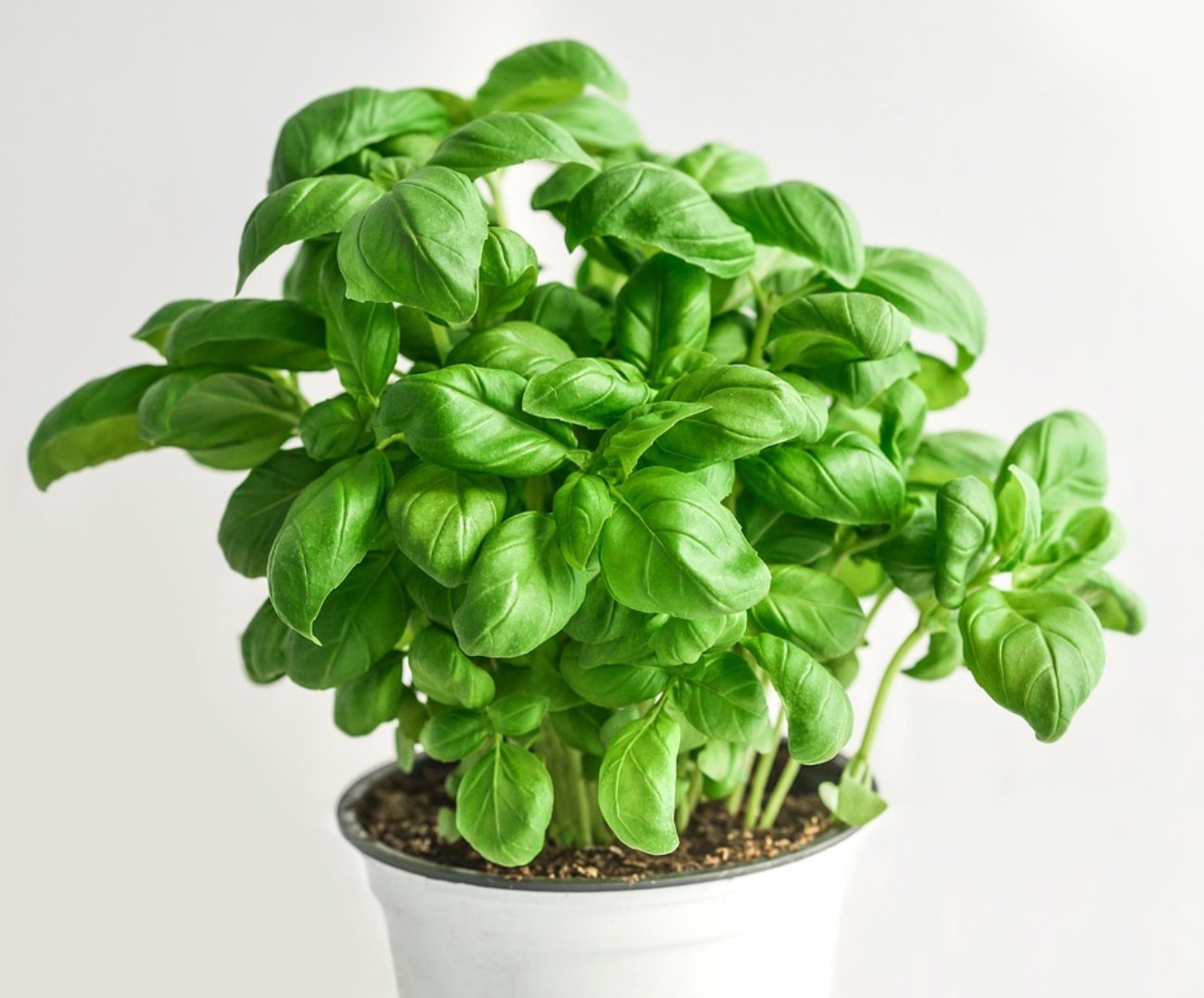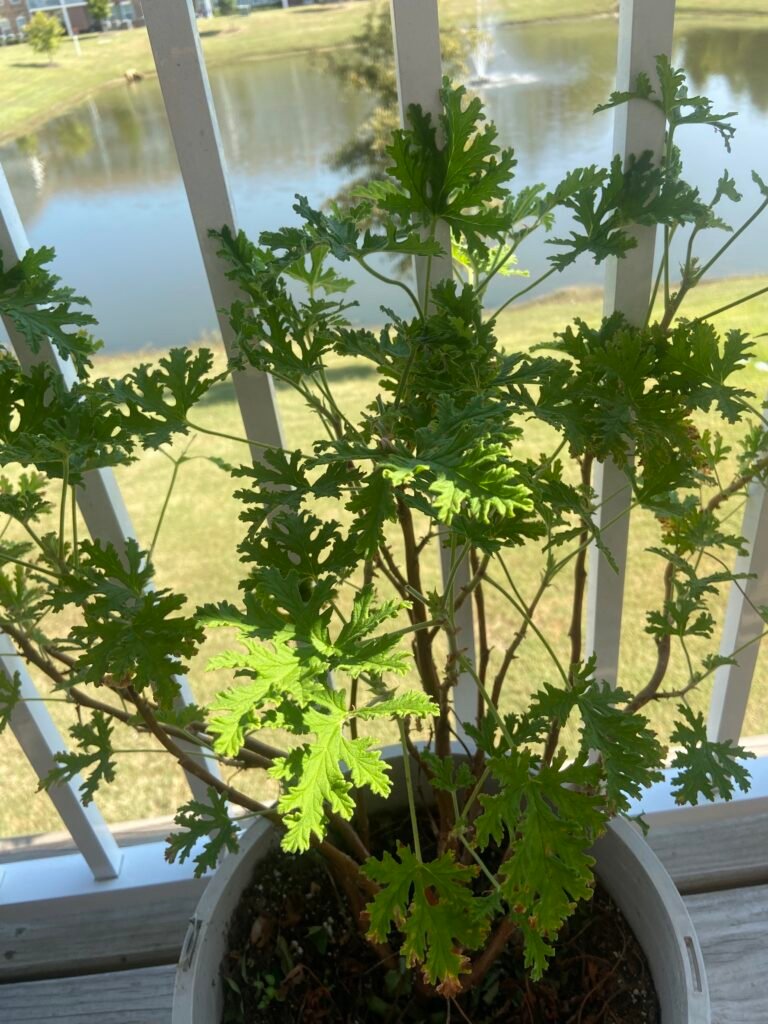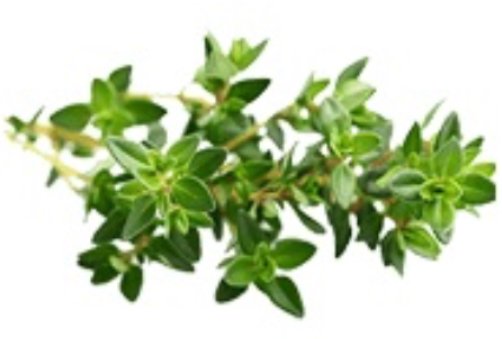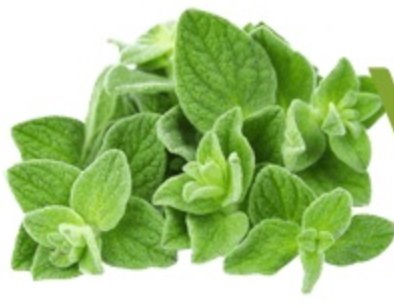When and how can we plant and care for basil?


Basil
Key Points for Planting and Caring for Basil
when to plant:
- Indoor Planting: Start seeds indoors 6-8 weeks before the last frost.
- Outdoor Planting: Transplant seedlings or sow seeds outdoors after the last frost date when soil temperatures are consistently above 60°F (15°C).
How to Plant:
- Location: Choose a sunny spot with at least 6-8 hours of sunlight daily.
- Soil: Use well-draining soil enriched with organic matter.
- Spacing: Space plants about 12 inches apart to allow for growth.
Caring for Basil:
- Watering: Keep the soil consistently moist but not waterlogged. Water at the base to avoid leaf diseases.
- Fertilizing: Use a balanced fertilizer every 4-6 weeks during the growing season.
- Pruning: Regularly pinch off flowers and trim leaves to encourage bushy growth and prevent bolting.
- Pest Control: Watch for aphids and other pests; use organic insecticidal soap if necessary.
Harvesting:
- Harvest leaves regularly by snipping them off, which encourages new growth. Avoid taking more than one-third of the plant at once.
Basil is a versatile and aromatic herb that is relatively easy to grow. Here’s a guide on when and how to plant and care for basil:
1. When to Plant Basil
- Outdoors: Basil is a warm-weather plant that should be planted after the last frost. In most regions, this is typically in late spring or early summer, once the soil temperature has reached at least 70°F (21°C).
- Indoors: If you want to get a head start, you can begin basil seeds indoors 6 to 8 weeks before the last frost date in your area.
2. How to Plant Basil
- Seed Starting:
- Sow seeds about 1/4 inch deep in well-draining, nutrient-rich soil.
- Ensure the seeds are spaced about 12 inches apart, as basil needs room to grow.
- If planting indoors, place the seeds in a sunny spot or under a grow light. Once they have 2-3 sets of leaves, you can transplant them outside.
- Transplanting:
- Harden off the seedlings before transplanting by gradually exposing them to outdoor conditions over a week.
- Choose a sunny spot with at least 6 hours of direct sunlight.
- Space the plants 12 to 18 inches apart to allow proper air circulation.
- You can also grow basil in pots. Make sure they have drainage holes and use a well-draining potting mix.
3. Caring for Basil
Basil thrives in well-draining, nutrient-rich soil with the following characteristics:
- pH Range: Slightly acidic to neutral soil, with a pH between 6.0 and 7.5.
- Soil Type: Loamy or sandy soils are ideal, as they provide good drainage and retain enough moisture without becoming waterlogged.
- Organic Matter: Enrich the soil with organic matter like compost or well-rotted manure to improve its nutrient content and water retention.
- Drainage: Basil dislikes waterlogged soil, so ensure good drainage to prevent root rot. If the soil is heavy or clay-like, amend it with sand or perlite to improve aeration.
Using potting soil for container-grown basil or adding organic compost to garden soil will give the plants the nutrients they need to thrive.
- Watering:
- Basil prefers slightly moist soil but does not like to be waterlogged. Water when the top inch of soil feels dry, keeping the soil evenly moist but not soggy.
- Water in the morning to avoid fungal growth.
- Fertilizing:
- Basil is a light feeder. Use a balanced fertilizer (like a 10-10-10 mix) every 3-4 weeks for plants in the ground or monthly for those in containers.
- If you prefer organic options, you can use compost or liquid seaweed extract to nourish your basil.
- Pruning:
- Regular pruning encourages bushier growth. Once the basil plant has 6 to 8 leaves, start pinching off the top sets of leaves. This will help prevent the plant from getting leggy and promote branching.
- Remove flower buds as they appear. Flowering can make the leaves bitter, and the plant will focus its energy on seed production rather than leaf growth.
- Pests and Diseases:
- Watch out for pests like aphids, whiteflies, and slugs. You can use insecticidal soap or neem oil to manage pests.
- Ensure proper spacing to avoid fungal diseases like downy mildew. Water at the base of the plant to prevent wetting the leaves, which can lead to fungal issues.
4. Harvesting Basil
- Start harvesting basil when the plant is about 6-8 inches tall, usually around 60-90 days after planting.
- Harvest by pinching or cutting leaves above a pair of leaf nodes (where two leaves grow from the stem). This encourages further growth.
- Never remove more than one-third of the plant at a time to keep it healthy and productive.
Basil can be grown successfully in both garden beds and containers. With proper care, you can enjoy fresh basil throughout the growing season!
Here are the key points for planting and caring for basil:
Planting:
- Timing: Plant outdoors after the last frost (late spring or early summer) when the soil reaches at least 70°F (21°C).
- Seed depth: Plant seeds 1/4 inch deep.
- Spacing: Space plants 12-18 inches apart for proper growth.
- Sunlight: Choose a sunny spot with 6+ hours of direct sunlight daily.
Caring:
- Watering: Keep the soil moist but not soggy; water when the top inch of soil is dry.
- Fertilizing: Use a balanced fertilizer every 3-4 weeks or compost for organic feeding.
- Pruning: Regularly pinch off leaves and flowers to encourage bushier growth.
- Pests: Watch for aphids, slugs, and whiteflies. Use insecticidal soap or neem oil if needed.
- Harvesting: Harvest leaves when the plant reaches 6-8 inches, cutting above leaf nodes to encourage regrowth.
These tips will help keep your basil plant healthy and productive!





